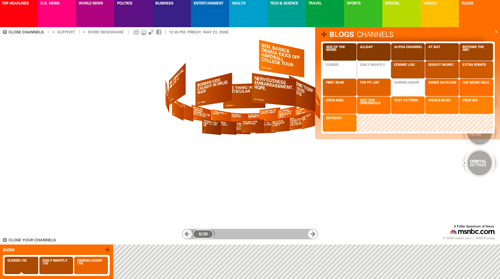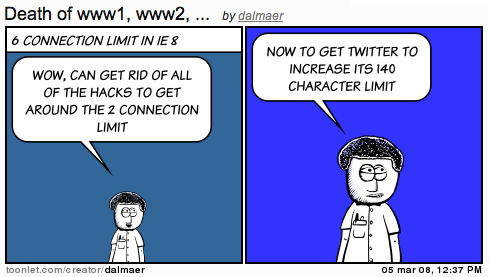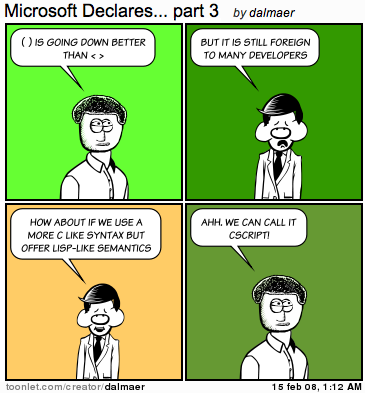There has been a bit of chatter regarding how IE9 implements pinned sites, namely that this isn’t the way to go:
<meta name="application-name" content="Ars Technica"/> <meta name="msapplication-starturl" content="http://arstechnica.com/"/> <meta name="msapplication-tooltip" content="Ars Technica: Serving the technologist for 1.2 decades"/> <meta name="msapplication-task" content="name=News;action-uri=http://arstechnica.com/;icon-uri=http://arstechnica.com/favicon.ico"/> <meta name="msapplication-task" content="name=Features;action-uri=http://arstechnica.com/features/;icon-uri=http://static.arstechnica.net/ie-jump-menu/jump-features.ico"/> <meta name="msapplication-task" content="name=OpenForum;action-uri=http://arstechnica.com/civis/;icon-uri=http://static.arstechnica.net/ie-jump-menu/jump-forum.ico"/> <meta name="msapplication-task" content="name=One Microsoft Way;action-uri=http://arstechnica.com/microsoft/;icon-uri=http://static.arstechnica.net/ie-jump-menu/jump-omw.ico"/> <meta name="msapplication-task" content="name=Subscribe;action-uri=http://arstechnica.com/subscriptions/;icon-uri=http://static.arstechnica.net/ie-jump-menu/jump-subscribe.ico"/>
Some are calling for using the menu tag, others for
a link tag that points to an external resource that defines the menus.
There are pros and cons to the different approaches (reusing menus across the site instead of embedding inline, [or just using <a> as Sam Pullara mentions!]). For me, the details on the implementation aren’t what is important here.
What matters to me is how Microsoft goes about adding these features. It is their browser, and they can do whatever they want. However, if they really want to work with developers, they could have worked with us (and other browser vendors) on the feature. I am all for trying things out and not standardizing anything prematurely, and I am frustrated when browser vendors don’t experiment more sometimes, but man.
This is a “beta” of IE9, so I hope that there is time to work on this together. If other browsers are interested in doing something similar in the future, it would be nice to abstract the task at hand, which is denoting what actions are available in the given page (or on the given site as a whole). If the msapplication prefix is used in a “before we work this out” way, that is probably OK, but I really don’t want to go down the path of multiple ways of defining this. I personally don’t enjoy seeing -webkit-*, -moz-*, -o-* in CSS. So much repetition that never goes away. I would much rather have someone grab foo and let people -vendor-foo if they disagree until things work out.
Microsoft, if you have worked with other browser vendors and developers on this, I forgive you; but if you haven’t and aren’t willing to listen to the community, I fear for the history repeating itself.
Am I off base?







